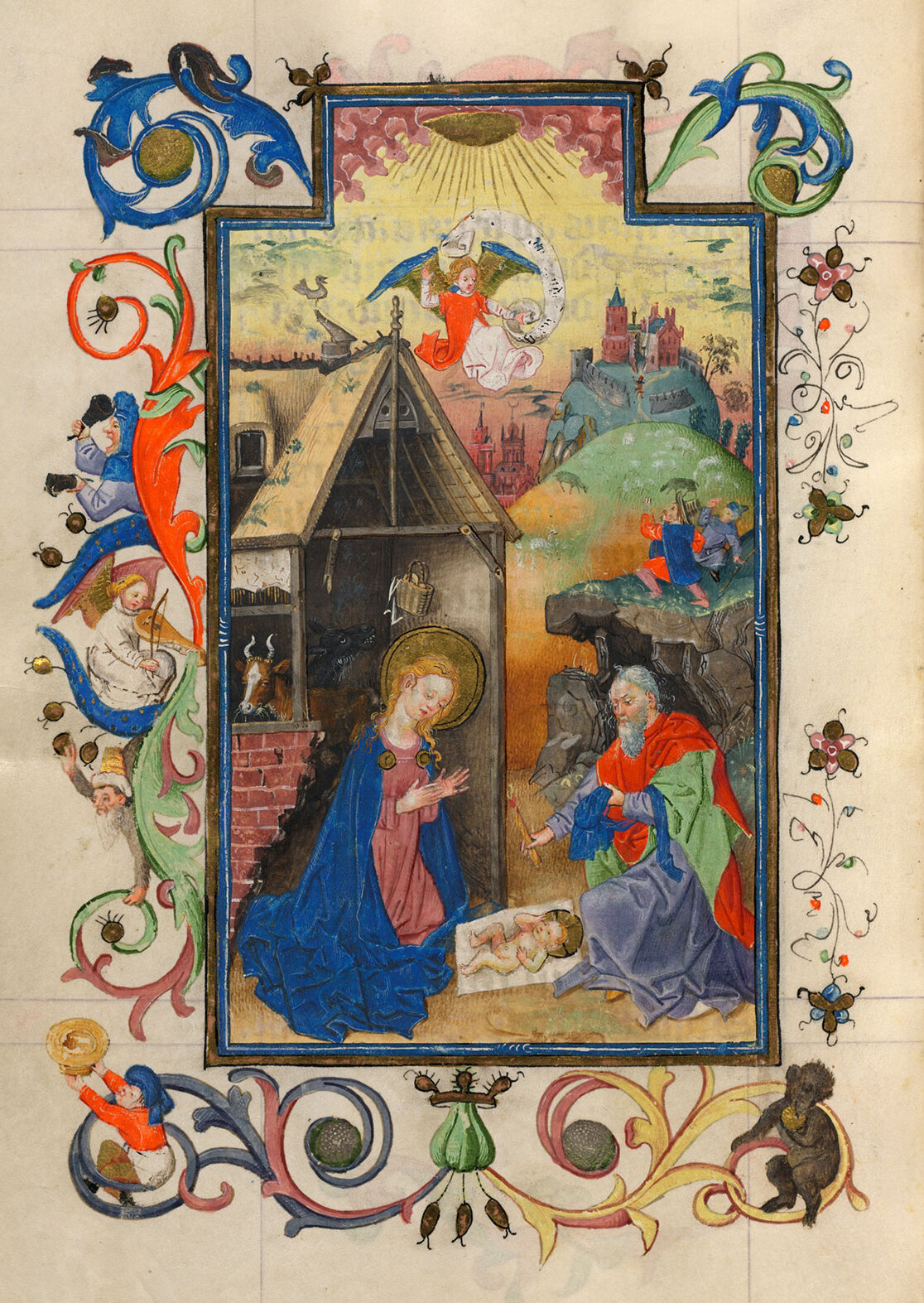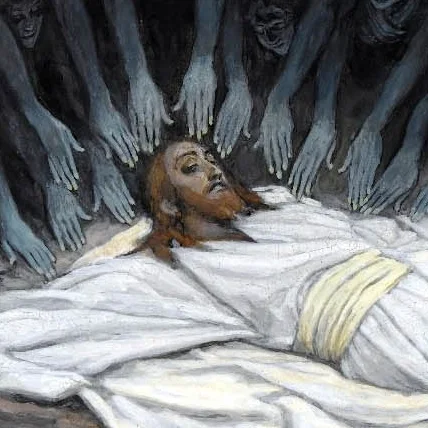Caiaphas' Bones

The Caiaphas ossuary. Israel Museum, Jerusalem.
“... the most exceptional and significant finds were the two ossuaries that, for the first time in an archaeological context, contained a form of the name Qafa’, or Caiphas, a name known to us from both the New Testament and from the first-century Jewish historian Flavius Josephus.”
The story of Jesus' trial and condemnation before the Jewish high priest Caiaphas is not simply a story - it is history.
The discovery of what are doubtless the very bones of the Caiaphas referred to in the gospels of Matthew, Luke and John now lie in the Israel Museum.
In December of 1990 an exceptionally fancy ossuary (bone box) was discovered in a 2,000 year-old tomb in Jerusalem. Inside the box were found, among others, the bones of a 60-year old man.
On the outside of the box was an inscription in Aramaic: "Joseph son of Caiaphas". In the New Testament, the gospel writers name the high priest just "Caiaphas", without a first name.
First century historian Josephus sheds some light on this seeming discrepancy. Josephus identifies the high priest at the time of Jesus as "Joseph Caiaphas". Additionally, he tells us that Caiaphas was the high priest from 18 to 36 AD [Jewish Antiquities 18:35].
This source outside the Bible helps establish the correct name at the correct time. Josephus goes on to exonerate the gospel account with the words: "Joseph who was called Caiaphas of the high priesthood" [Jewish Antiquities 18:95]
The bones of this man who sent Jesus to his death at the hands of the Romans are the first remains of a biblical personality ever discovered.
And a final interesting fact, from archaeologist Zvi Greenhut:
“When I arrived, I observed that the roof of the cave had collapsed. But even while standing outside, I could see four ossuaries, or bone boxes, in the central chamber of the cave. To an archaeologist, this was a clear indication that this was a Jewish burial cave from the Second Temple period, because ossuaries were used only in Jewish tombs during this period. Ossuaries were used for what is known as secondary burial. In the initial or primary burial, the body was laid out in a niche or recess carved in the wall of the burial cave. Then, after the flesh had decomposed, the bones were collected and placed in an ossuary, usually made of limestone and often decorated and inscribed. The ossuaries were usually placed in a niche in the cave. It seems that the reburial reflects a belief in the physical resurrection of the body for which purpose the bones were collected and preserved. Reburial in ossuaries appears mainly at the end of the first century B.C.E. and in the first century C.E. Reburial in an ossuary was rare in Jewish tombs after the Roman destruction of Jerusalem in 70 C.E.”
BLOG ARCHIVE
It is remarkable and surprising that women play such a prominent role in the gospels as the first witnesses to the resurrection of Jesus.
The Gospels give accurate details about Jesus’ travels and distances to the places he visited.
On Easter morning, John and Peter, after hearing Mary Magdalene’s report that Jesus’ body was missing, raced to the tomb.
A bold move from one of the members of the Sanhedrin.
Holy Week in Art: the Resurrected Jesus Appears to Mary Magdalene.
On the fifth day of Holy Week, Jesus is arrested after Judas betrays him with a kiss.
On the fifth day of Holy Week, Judas and his disciples celebrate the passover meal.
On the third day of Holy Week, Judas Iscariot negotiates with the Sanhedrin to hand Jesus over.
On the third day of Holy Week, the religious leaders confront Jesus in order to entrap him.
On the second day of Holy Week, Jesus cleanses the temple.
On Palm Sunday, Jesus enters Jerusalem on a donkey and is greeted by great crowds.
Illuminated books are beautifully decorated texts.
Mosaic, a beautiful and long-lasting art form.
A new collection of miniature portraits of Jesus that fit in any small space.
Creatinine and ferritin iron nanoparticles found on the Shroud of Turin.
A beautiful and otherworldly depiction of an exhausted Jesus surrounded by angels.
A lovely locket pendant with miniature Jesus portrait based on the Shroud of Turin.
The Shroud of Turin would be of limited interest as an ancient artifact were it not for the fact that the gospel of Mark mentions that Joseph of Arimathea wrapped Jesus' body in a linen cloth for burial.
Our movie Jesus Alive Again has been accepted to compete at GLSF.
Two newly discovered molecules shine light into the aroma of the ancient resin.
tags / Jesus, Caiaphas, Excavation, Ossuary, Bone box, Josephus, Jewish burial, Easter, Holy Week




























